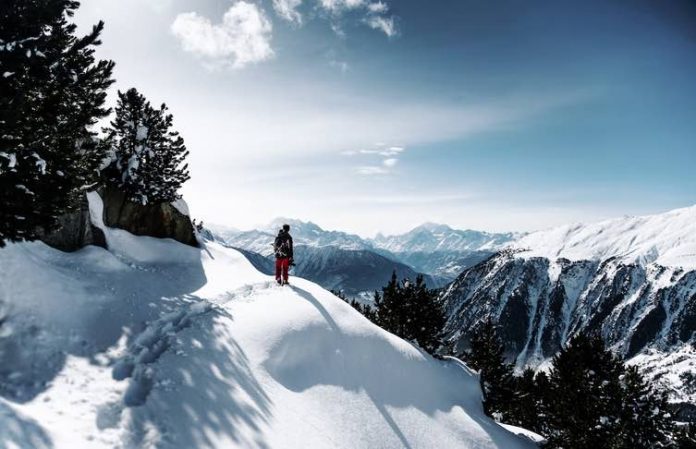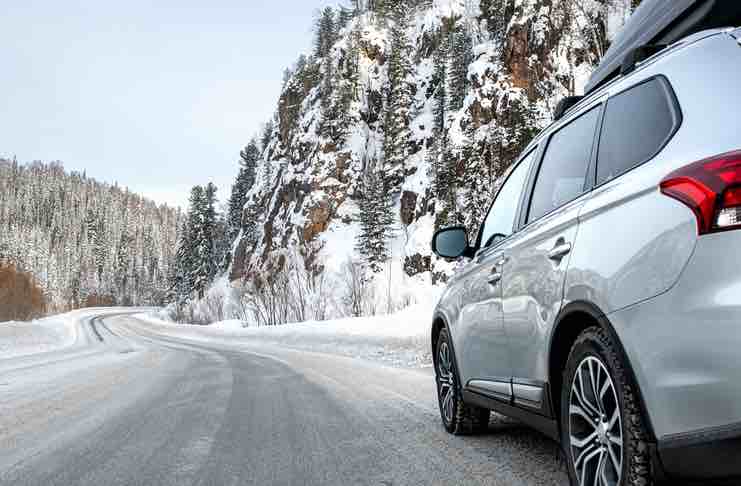
As the world gets more connected, more people travel to different parts of the globe. This means that they are also exposed to various weather conditions, some of which can be extreme.
Traveling in extreme weather conditions can be risky, but with the proper preparation and knowledge, it can also be an adventure. Whether you’re going to a tropical paradise or camping out in the cold, understanding how best to protect yourself is essential. Here are ten tips on how to travel safely and comfortably in extreme weather conditions
1. Plan Your Trip In Advance
Preparing in advance when traveling in extreme weather conditions is necessary. Planning includes researching the route you’ll take and the weather conditions you might encounter.
Before traveling to any extreme weather destination, make sure you have researched and understood what type of conditions you can expect. Look up the temperatures and wind speeds beforehand to know what kind of clothing and gear to bring.
You’d also want to consider the type of vehicle you’ll need and the car storage options offered in the location. Most people often forget about this part. Keep in mind that it’s not always easy to find a place for your car when you travel, and it’s particularly more challenging if it’s raining or snowing.
In addition, you should also ensure you have the right gear and a contingency plan in case your initial objectives don’t pan out. By planning in advance, you can ensure that your trip goes smoothly and that you are prepared for whatever the weather may bring.
2. Pack The Right Clothing
Choosing the right clothing for extreme weather conditions is essential for safety and comfort. When packing for a trip, the trick is always to keep the weather in mind. Pack plenty of warm clothes if you’re traveling in a cold climate. A coat, hat, scarf, and gloves are essential. If you’re traveling to a hot place, pack light, airy clothes.
Also, remember to wear proper footwear; sandals may be tempting in hot weather, but they’re not ideal for navigating through rugged terrain. And lastly, don’t forget the sunscreen!
3. Bring A First-aid Kit And Essential Gear
High-quality gear and first aid kits are traveling essentials for any extreme weather destination, especially if there’s no medical help nearby. Be sure to pack essential items like bandages, antiseptic ointment, and painkillers to keep yourself safe in an emergency.
You also want to invest in a good tent and sleeping bag. They can come in handy during those cold nights.
In addition, remember to pack an extra phone charger, a flashlight, and anything that may be useful.

4. Stay Hydrated
Staying hydrated is one of the most basic and crucial things you can do when traveling in extreme weather conditions. You want to ensure you stay hydrated by drinking water and eating fruits.
Keep in mind to stay away from caffeine and alcohol, as these can dehydrate you. Also, pack plenty of healthy snacks and beverages to keep your energy up. And if you’re traveling in a hot climate, take sufficient breaks to avoid heat exhaustion.
5. Protect Your Skin
Sunburns and frostbite are both possible risks when traveling in extreme temperatures. As such, you want to protect your skin by covering yourself up as much as possible. Wear long-sleeved shirts and pants made from breathable fabrics to avoid painful skin damage. If your time is spent in the sun, wear a hat, and don’t skimp on sunscreen.
6. Pack Extra Supplies
Traveling in extreme weather can be unpredictable, so it’s always a good idea to pack more than enough food, water, and other supplies. Bring extra blankets and warm clothing if you plan on camping out overnight.
7. Bring The Right Supplies
Different climates require different supplies. For this reason, you want to ensure you bring essential items for your destination. For example, goggles and lip balm can be lifesavers in a blizzard, while sunblock and a hat are must-haves in the scorching heat.
8. Take Breaks
Take breaks as needed. If you start to feel overheated or cold, or if you become winded, take a break in a sheltered area. And be sure to pay attention to your body; if you’re tired or sick, it’s time to head indoors. Your body knows what’s best for it – so if you feel uncomfortable or unwell, listen to it.
9. Have A plan B
When traveling in extreme weather conditions, it’s necessary to have a plan B in case your original plan does not work out. This could mean having a backup hotel in case your first choice is fully booked or having a backup mode of transportation in case your flight is canceled. Whatever your plan B may be, it’s vital to have one ready, so you can still enjoy your trip, even if things don’t go according to plan.
10. Have Fun
Lastly, remember to have fun! Extreme weather conditions can bring surprises and beautiful sights. Despite the risks that come with these conditions, you can still have plenty of fun. Just remember to stay safe and efficiently organize every detail. And be sure to follow safety guidelines when traveling in extreme weather conditions.
Recap
No matter where you’re headed, following these tips can help guarantee that your travels are safe and enjoyable. Take time to plan and keep in mind the weather conditions in your destination. See to it that you have an appropriate vehicle in good condition. Don’t forget to bring suitable clothing, stay hydrated, and protect your skin. Additionally, pack extra food and supplies, and don’t forget the first aid kit. Remember that with the right preparation, you can conquer extreme weather conditions!









